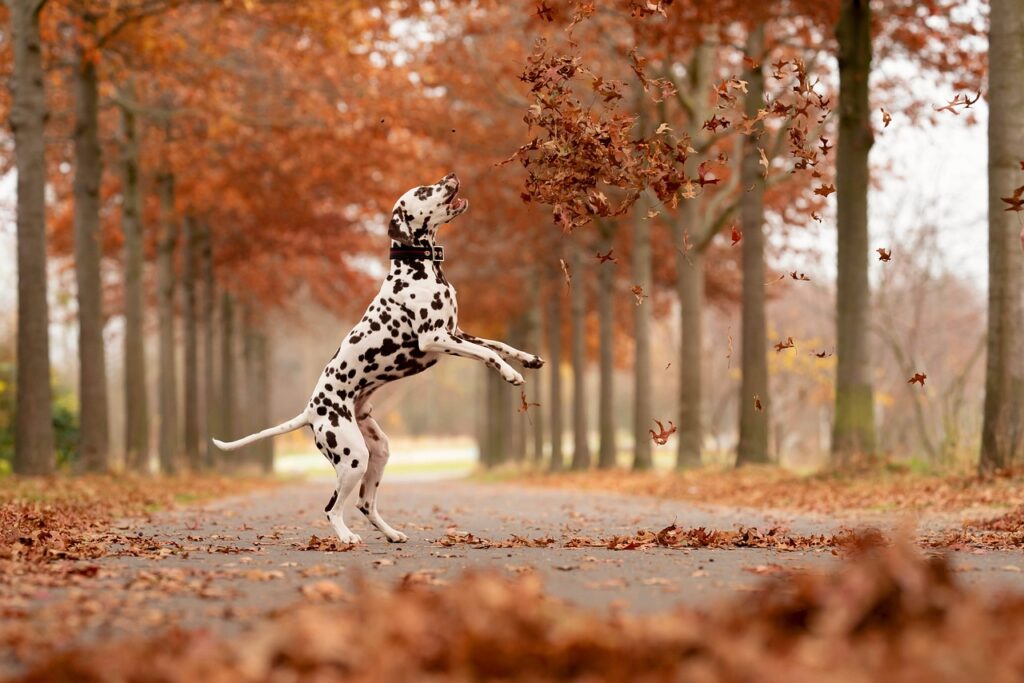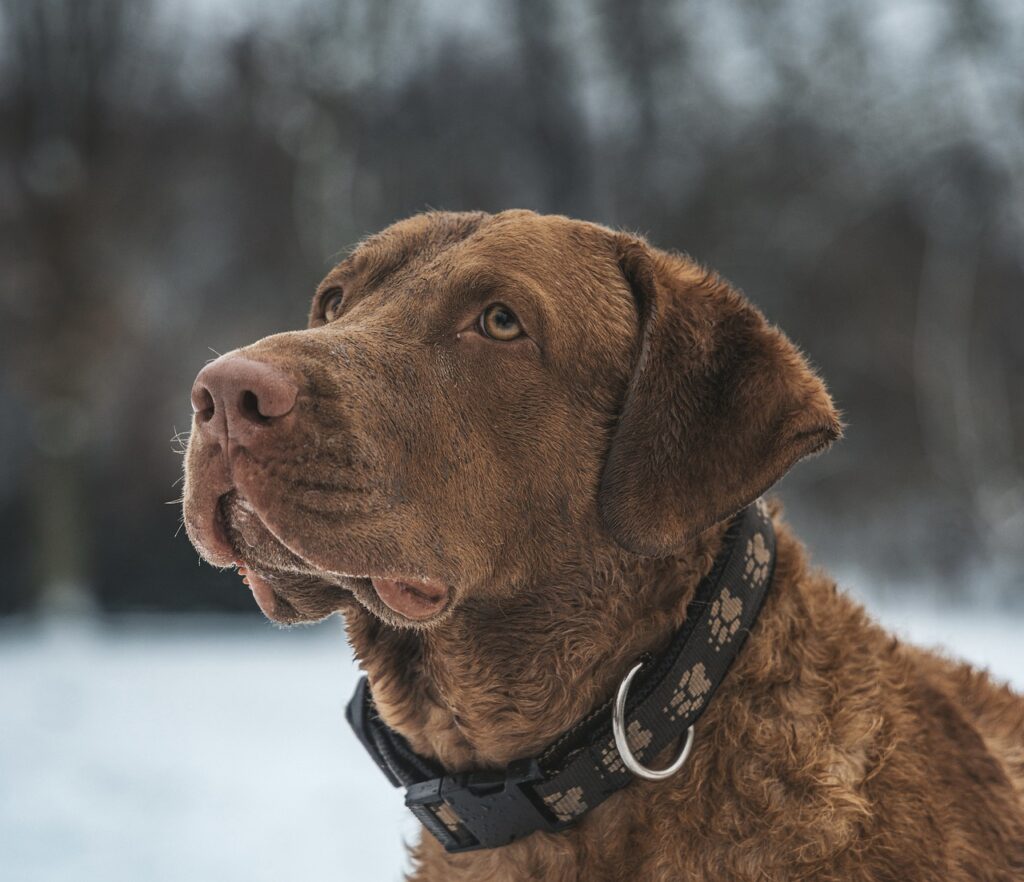Can Dogs Eat Pasta? – Yes, They Can
Yes, dogs can eat pasta in moderation, but it’s important to serve it plain and cooked. Pasta can be a source of carbohydrates for dogs, which can provide them with energy. However, it’s low in nutritional value and isn’t necessary for their diet. Also, too much pasta can lead to weight gain. Always ensure that it doesn’t contain any sauces or seasonings that could be harmful to your dog.
Can Puppies Eat Pasta?
Yes, puppies can have pasta, but it should be in much smaller amounts than an adult dog due to their small size and dietary needs. Feeding pasta to your puppy should be an occasional treat and not replace their regular, balanced puppy food formulated for their growth and development.
Things to consider when feeding pasta to puppies?
Puppies have sensitive digestive systems, so introducing pasta should be done slowly to avoid upsetting their stomach. Whole grain or wheat pasta is preferable, but always cook it thoroughly to soften it, making it easier to digest. Remember that while puppies can eat pasta, it is not an essential part of their diet and should be considered more as a rare treat rather than regular food.
Nutritional Benefits of Pasta for Dogs – Why Dogs Can Have Pasta
Carbohydrate Source for Energy
Pasta is primarily a source of carbohydrates, which provide dogs with the energy they need for their daily activities.
Low in Fat
Plain pasta is low in fat, making it a decent option for dogs on a low-fat diet, provided it’s served in moderation.
Protein Content
Some types of pasta contain a small amount of protein which can support muscle maintenance and repair in dogs.
Fiber for Digestion
Whole grain or wheat pasta can offer dietary fiber, which aids the digestive process in dogs by helping maintain regular bowel movements.
Easy to Chew
Cooked pasta is generally soft and easy to chew, making it a safer treat for dogs, especially those with dental issues or older pets.
Potential Allergies: Can Dogs Be Allergic to Pasta?
Just like humans, dogs can have allergies to certain types of foods, including ingredients found in pasta, such as wheat or gluten. If your dog shows signs of an allergic reaction, you should consult your vet.
Symptoms of Pasta Allergies in Dogs
- Itchy Skin: Look for signs of your dog scratching more than usual or developing skin irritations.
- Gastrointestinal Upset: Symptoms like vomiting or diarrhea can be signs of food-related allergies.
- Chronic Ear Infections: Frequent ear infections might also indicate a food allergy.
What to Do If Your Dog Shows Symptoms?
- Consult a Veterinarian: Always seek professional advice if you suspect your dog is allergic to pasta or any food item.
- Elimination Diet: Your vet might suggest an elimination diet to confirm the allergy source.
- Immediate Cessation: Stop feeding pasta to your dog immediately if adverse reactions are observed.
Recommended Amount: How Much Pasta Can a Dog Consume?
The recommended quantity of pasta for a dog depends on its size, breed, and daily caloric needs. As a general rule, pasta should be a small treat rather than a meal replacement. A small portion, such as a few tablespoons for smaller dogs and up to a half-cup for larger breeds, given infrequently, would be considered reasonable.
Things to Consider When Feeding Pasta to Dogs
When feeding pasta to your dog, remember to ensure it is plain, without sauces or additives. Consider your dog’s overall diet to avoid overfeeding carbohydrates and always prioritize a diet consisting mainly of proteins and vegetables tailored to canine nutrition. Lastly, monitor your pet’s reaction to pasta to avoid any potential allergic reactions.
How to Feed Pasta to Dogs: A Quick Guide
Feeding pasta to dogs can be a delightful treat if done correctly, serving it plain and ensuring it complements a well-balanced diet.
Simple Cooked Pasta
Cook pasta until soft, drain, and let it cool. Serve a small portion as is, without any sauce or seasoning.
Pasta with Steamed Vegetables
Combine cooked pasta with steamed vegetables like carrots or broccoli for added nutritional value. Ensure the veggies are cut into small, manageable pieces.
Chicken and Pasta Treat
Boil some chicken, shred it into small pieces, and mix it with cooked pasta for a wholesome and delicious treat. Remember to avoid bones and fatty pieces.
Conclusion
While pasta can be a tasty treat for dogs, it should be given in moderation and never replace their regular, nutritious meals. It’s also important to be aware of the signs of possible allergies and to adjust their diet accordingly. Always serve pasta plain, and introduce it slowly into your dog’s diet to ensure they can digest it properly. By being attentive to your dog’s needs and maintaining a balanced diet, pasta can be included as an occasional delight for your furry friend.
>



